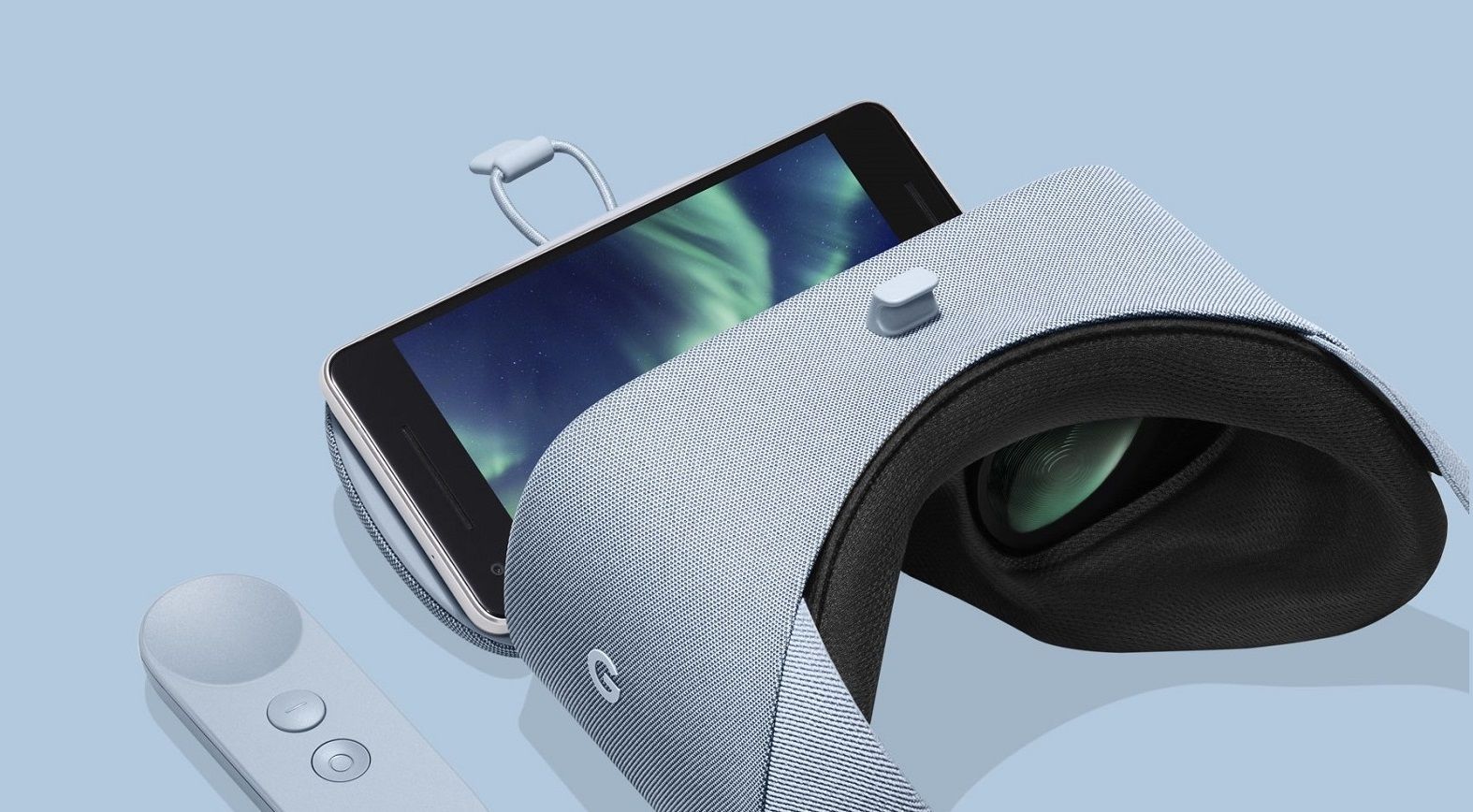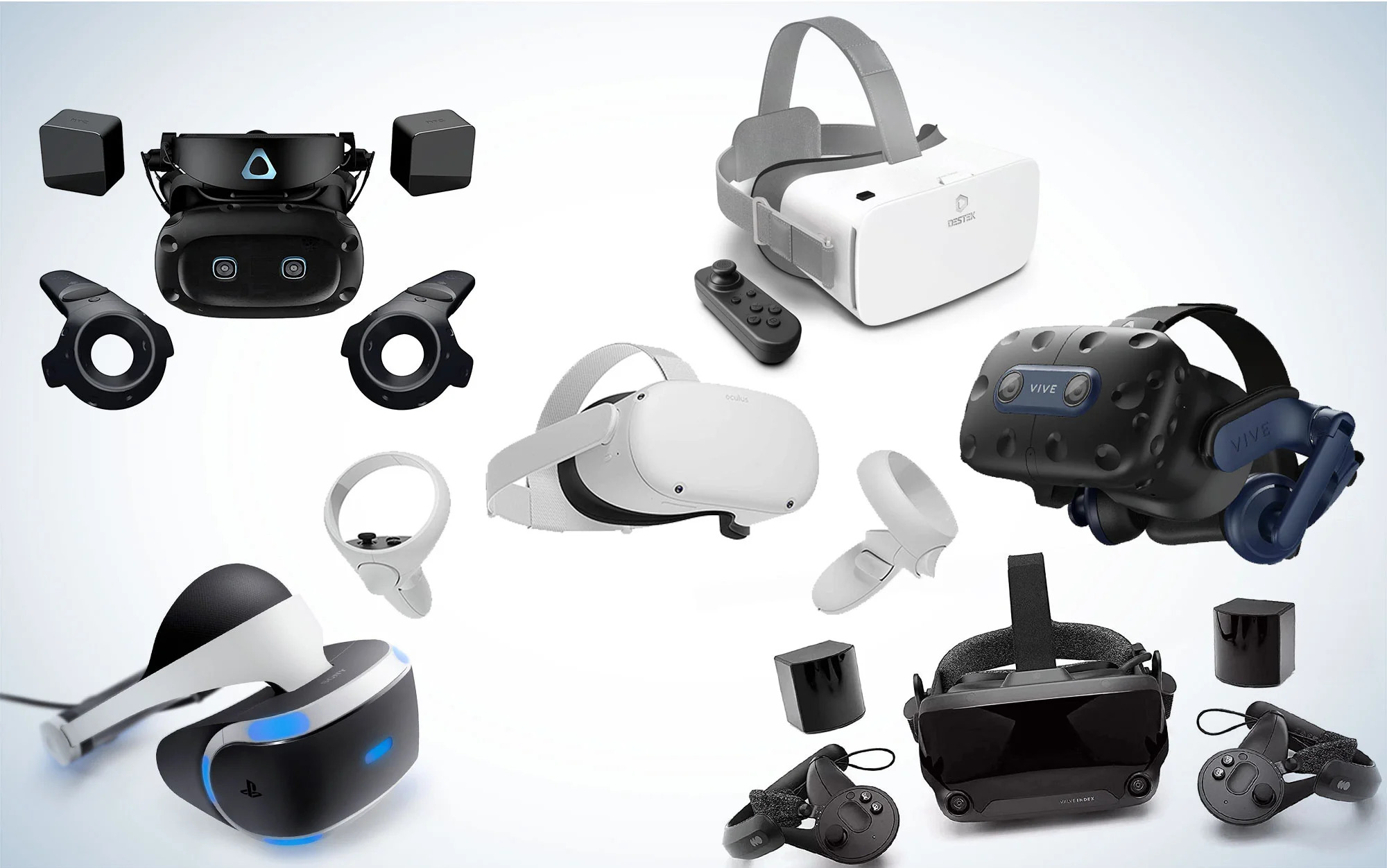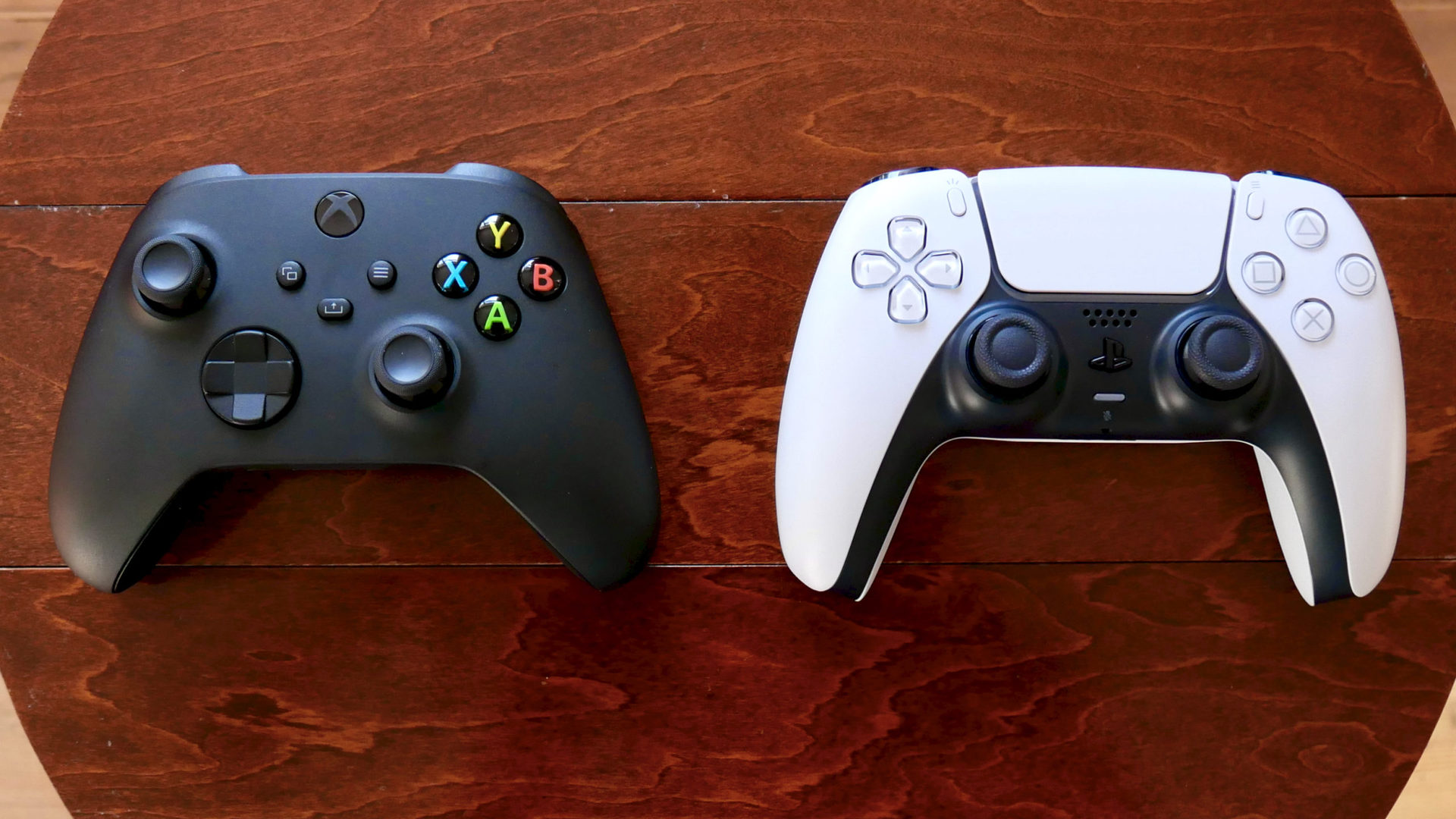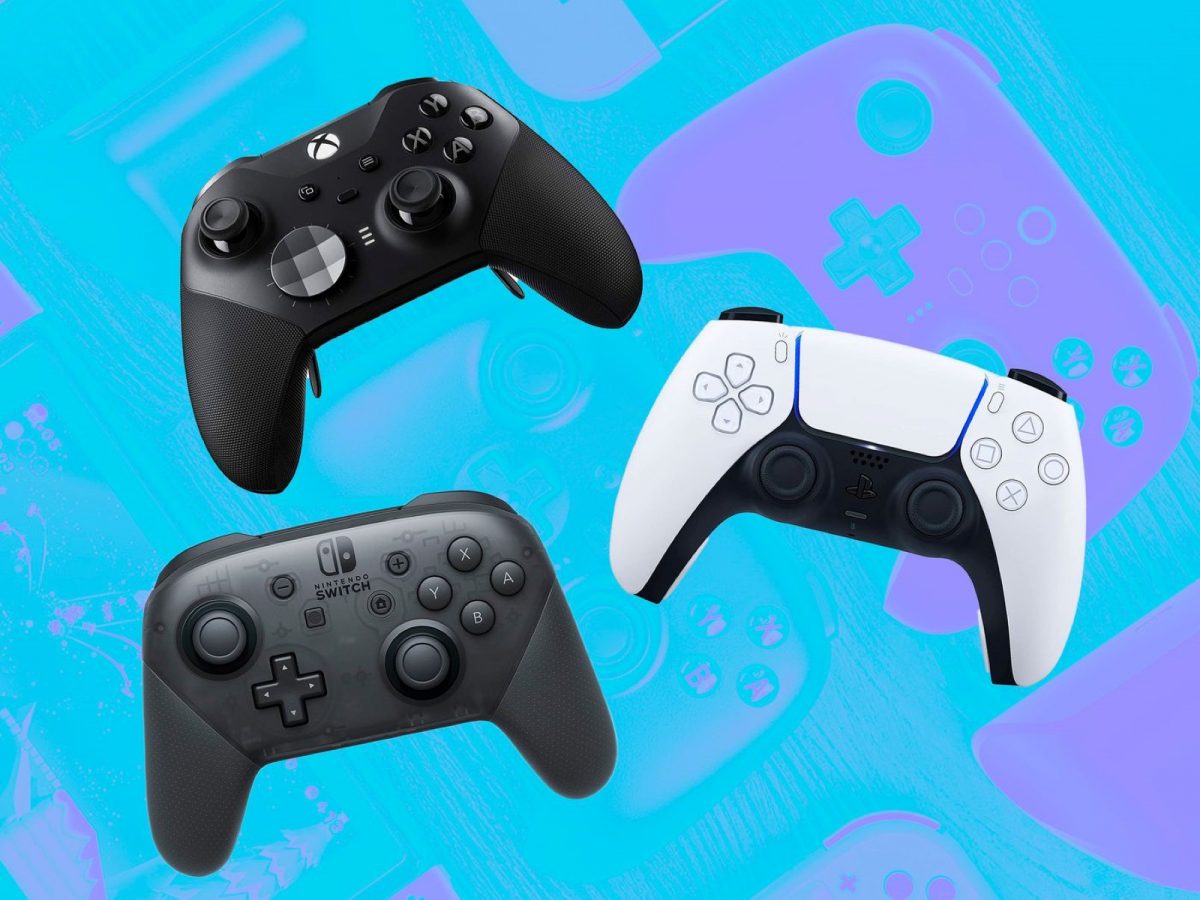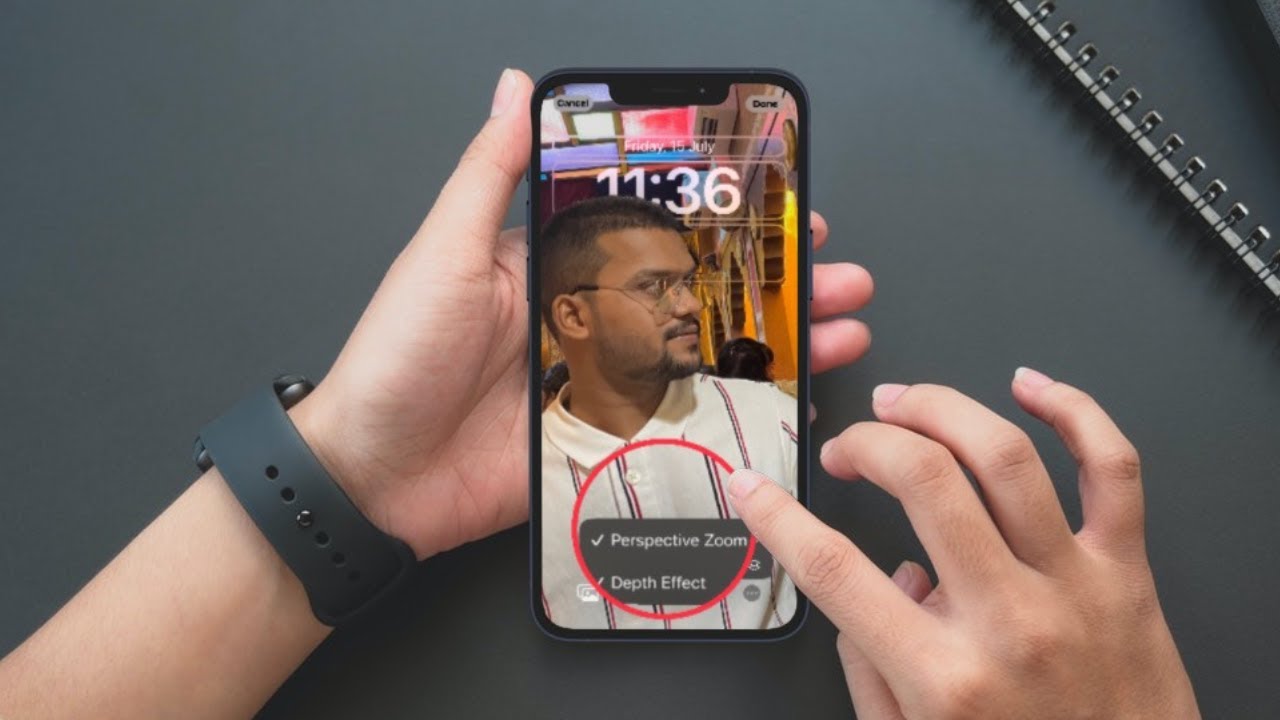Introduction
A gyroscope is one of the vital components found in modern smartphones that plays a crucial role in enhancing user experience and enabling various functionalities. This small but powerful sensor brings additional capabilities to our smartphones, making them smarter and more versatile. In this article, we will dive into the world of gyroscopes and explore their significance in smartphones.
With the rapid advancements in technology, smartphones have evolved from being mere communication devices to sophisticated gadgets packed with a wide range of features. Alongside the camera, processor, and display, the inclusion of a gyroscope has become standard in most smartphones, especially those designed for gaming, virtual reality (VR), and augmented reality (AR) experiences.
The gyroscope in a smartphone functions as an orientation sensor, providing information about the rotation and angular movement of the device. It works in conjunction with other sensors like the accelerometer and magnetometer to provide a comprehensive picture of the phone’s spatial position and movement.
By understanding the orientation of the phone, developers and app designers can create applications and games that respond to the user’s movements, creating a more immersive and interactive experience. Whether it’s controlling a character in a game, exploring a virtual world, or stabilizing images and videos, the gyroscope unlocks a plethora of possibilities.
In this article, we will delve deeper into the mechanics of a gyroscope, highlight its importance in smartphones, and explore some of the key applications where this sensor truly shines. From gaming and virtual reality to image stabilization, screen rotation, and location-based services, the gyroscope enhances the overall functionality and usability of our smartphones.
What is a gyroscope?
A gyroscopes is a device that is used to measure or maintain orientation and angular velocity. It consists of a spinning rotor that is mounted in a set of three rings, allowing it to rotate freely in any direction. The principle behind a gyroscope is based on the conservation of angular momentum, which states that a rotating object will maintain its axis of rotation unless acted upon by an external force.
In the context of smartphones, a gyroscope is a micro-electro-mechanical system (MEMS) sensor that utilizes the same principles to detect and measure the device’s orientation and rotation. It typically consists of a tiny vibrating mass or a microscopic resonating structure that oscillates back and forth as the phone moves. The gyroscope measures the Coriolis effect, resulting from these oscillations, to determine the device’s rotation along its three-axis: pitch, roll, and yaw.
The gyroscope works in tandem with other sensors, such as the accelerometer and magnetometer, to provide a comprehensive view of the phone’s movement and spatial position. While the accelerometer measures linear acceleration, such as movement along a straight line, the gyroscope adds the dimension of rotational movement to the equation.
By combining the data from these sensors, smartphone applications can achieve a higher level of accuracy and responsiveness. This allows for more natural and intuitive interactions with the device, enabling features like screen rotation, image stabilization, and gaming experiences that can adapt to the user’s movements.
It is worth noting that gyroscope technology has significantly evolved over the years. Early iterations required mechanical gyroscopes that were large, fragile, and consumed a considerable amount of power. However, advancements in MEMS technology have revolutionized gyroscope design, making it possible to integrate them into small, lightweight, and energy-efficient devices like smartphones.
In the next section, we will delve further into the mechanics of how a gyroscope works and its significance in enabling various functionalities within smartphones.
How does a gyroscope work?
A gyroscope works based on the principle of gyroscopic stability and angular momentum. It consists of a spinning rotor that maintains its axis of rotation in the absence of external forces. This fundamental property allows gyroscopes to accurately detect and measure the orientation and movement of an object, such as a smartphone.
Inside a gyroscope, there is a spinning mass, typically a disk or a rotor, that is mounted on a set of gimbals. The gimbals allow the rotor to rotate freely and independently along three perpendicular axes: pitch, roll, and yaw. When the device moves or rotates, the gyroscopic effect comes into play.
The gyroscopic effect, also known as gyroscopic precession, is a phenomenon that occurs when a spinning object experiences an external force. When the phone rotates, the rotor within the gyroscope experiences a force due to the change in its direction of rotation. This force causes the rotor to exert an equal and opposite force, perpendicular to the direction of the applied force, resulting in a change in the orientation of the gyroscope.
The gyroscope then utilizes sensors to measure the changes in the orientation and rotation of the rotor. These sensors can be based on different technologies, such as piezoelectric or capacitive, and they detect the tiny vibrations or displacements resulting from the gyroscopic effect. By analyzing these signals, the gyroscope can determine the device’s rotation along each axis.
In smartphones, the gyroscope is often integrated with other sensors like the accelerometer and magnetometer. This sensor fusion allows for more accurate and comprehensive motion tracking. The accelerometer measures linear acceleration, such as when the device is being shook or moved in a straight line, while the gyroscope adds the rotational movement component.
Together, the gyroscope, accelerometer, and magnetometer work in tandem to provide a complete picture of the phone’s movements and spatial orientation. This data is then utilized by various applications and features to enhance user experiences, such as screen rotation, image stabilization, gaming, and virtual reality.
It is important to note that the accuracy and stability of a gyroscope can be influenced by external factors like temperature, magnetic fields, and mechanical stress. Therefore, manufacturers and developers implement calibration and compensation algorithms to minimize these effects and ensure precise measurements.
Now that we have explored the mechanics of a gyroscope, let us delve into the importance of gyroscopes in smartphones and the applications where they shine.
Importance of gyroscope in smartphones
The inclusion of a gyroscope in smartphones has revolutionized the way we interact with these devices. This tiny sensor plays a significant role in enhancing user experiences and enabling various functionalities. Let’s explore why gyroscopes are important in smartphones.
One of the primary reasons for the importance of gyroscopes in smartphones is their role in gaming and virtual reality (VR) experiences. The gyroscope provides precise and responsive motion tracking, allowing users to control characters, manipulate objects, and navigate virtual environments simply by moving their devices. This level of immersion and interactivity has transformed mobile gaming and opened up new possibilities for augmented reality (AR) applications.
The gyroscope also plays a crucial role in image and video stabilization. When capturing photos or recording videos, tiny movements of the hand can result in blurry or shaky footage. By utilizing the gyroscope’s orientation data, smartphones can apply corrective algorithms to counteract these movements and produce smoother and more stable images and videos. This feature is particularly useful in low-light conditions or when zooming in on distant subjects.
Another important capability enabled by the gyroscope is screen rotation and orientation detection. Smartphones are designed to adapt to the way they are held, whether in portrait or landscape mode. The gyroscope provides the necessary information to automatically adjust the screen orientation, ensuring that users can view content in the most appropriate layout for their current orientation. This feature enhances usability and convenience, especially when browsing the web, reading documents, or watching videos.
Gyroscopes also contribute to improving location and navigation services in smartphones. By combining the data from GPS, accelerometer, and magnetometer, along with the gyroscope’s rotation measurements, smartphones can provide more accurate and reliable location information. This enhances turn-by-turn navigation, indoor positioning, and augmented reality-based navigation apps.
Furthermore, the gyroscope plays a role in the overall motion and gesture recognition capabilities of smartphones. This sensor is utilized in various contexts, such as detecting shaking motions to undo actions, tracking wrist movements for fitness and health tracking apps, and enabling gesture-based interactions in certain applications.
In summary, the inclusion of a gyroscope in smartphones is crucial for enhancing user experiences and enabling a wide range of functionalities. From gaming and VR to image stabilization, screen rotation, and accurate location tracking, gyroscopes have become an indispensable component of modern smartphones.
Applications of gyroscope in smartphones
The gyroscope in smartphones serves as a key sensor that enables a multitude of applications and features. Let’s explore some of the impactful applications where gyroscopes truly shine.
Gaming and virtual reality (VR): Gyroscopes have revolutionized mobile gaming by allowing users to control in-game characters or objects through motion gestures. By simply moving their smartphones, users can experience immersive gameplay and navigate virtual environments in a more intuitive and interactive way. Gyroscopes also play a crucial role in VR experiences, where users can explore virtual worlds and have a heightened sense of presence.
Image and video stabilization: The gyroscope in smartphones is instrumental in reducing camera shake and producing stable photos and videos. By compensating for hand movements in real-time, gyroscope-based image stabilization algorithms can significantly improve the clarity and sharpness of images and videos. This feature is particularly valuable in low-light conditions, when capturing fast-moving subjects, or when recording handheld footage.
Screen rotation and orientation: Gyroscopes enable smartphones to automatically rotate the screen orientation based on the device’s tilt and rotation. This feature allows users to seamlessly switch between portrait and landscape modes without the need for manual adjustments. Whether browsing the web, viewing photos, or playing games, the gyroscope ensures that the screen orientation aligns with the natural orientation of the device.
Location and navigation: The combination of a gyroscope with other sensors like GPS, accelerometer, and magnetometer enhances the accuracy and reliability of location and navigation services in smartphones. The gyroscope provides precise rotation measurements, assisting with turn-by-turn navigation, indoor positioning, and augmented reality-based navigation apps. It contributes to a more immersive and accurate navigation experience, especially in areas where GPS signals may be weak or obstructed.
Motion and gesture recognition: Gyroscopes enable smartphones to recognize and interpret specific motion patterns and gestures. This functionality opens up possibilities for various applications, such as shaking the phone to undo an action, tracking wrist movements for fitness and health tracking apps, or triggering specific actions through predefined gestures. The gyroscope adds an additional layer of versatility to touch-based interactions, making interactions more intuitive and exciting.
These are just a few examples of how gyroscopes are utilized in smartphones. They are integral in providing users with innovative, immersive, and interactive experiences. As technology continues to advance, gyroscopes will continue to play a pivotal role in shaping the capabilities and functionalities of future smartphones.
Gaming and virtual reality
Gyroscopes have revolutionized the gaming and virtual reality (VR) experience on smartphones. With their ability to measure and track precise movements and orientations, gyroscopes add a whole new level of immersion and interactivity to mobile gaming and VR applications.
One of the key advantages of gyroscopes in gaming is the ability to control in-game characters or objects using motion gestures. As users tilt, rotate, and move their smartphones, the gyroscopes detect these movements and transmit the data to the game engine. This allows players to physically interact with the virtual world, providing a more intuitive and immersive gaming experience.
For example, in racing games, users can tilt their smartphones to steer the car, giving them a realistic driving sensation. In platformer games, players can control their character’s movements by physically moving the smartphone, providing a more visceral and engaging gameplay experience.
Gyroscopes are also instrumental in enhancing the VR experience on smartphones. As users wear VR headsets paired with their phones, gyroscopes provide accurate and responsive head tracking. This allows the virtual environment to adjust in real-time based on the user’s head movements, creating a seamless and immersive visual experience.
Virtual reality games fully leverage gyroscopes to create a sense of presence and interaction. Users can explore and interact with virtual worlds by simply moving their heads, providing a more natural and immersive VR experience. Whether it’s exploring a virtual museum, battling aliens in space, or designing and manipulating objects in a virtual studio, the gyroscopes in smartphones add a new dimension to the VR landscape.
In addition to gaming, gyroscopes have found applications beyond entertainment in the realm of augmented reality (AR). AR overlays digital information onto the real-world environment, creating a hybrid experience. Gyroscopes play a crucial role in AR applications by accurately tracking the smartphone’s movements and aligning virtual objects with the physical surroundings. This allows for seamless integration of digital content into the real world, enabling engaging and interactive experiences.
Overall, gyroscopes have transformed gaming and VR on smartphones, offering users a more immersive and interactive experience. By accurately tracking movements and orientations, gyroscopes have opened up new possibilities for game developers and app designers to create innovative and engaging experiences that blur the line between the virtual and real world.
Image and video stabilization
One of the key applications of gyroscopes in smartphones is image and video stabilization. The gyroscope plays a vital role in reducing camera shake and producing stable and smooth footage, enhancing the quality of photos and videos captured on smartphones.
Camera shake is a common problem when capturing images and videos handheld, especially in situations where long exposures or zooming is involved. Even slight hand movements can result in shaky footage, which can be visually unappealing and impact the overall viewing experience.
Gyroscopes address this issue by dynamically compensating for the movements of the device in real-time. The gyroscope detects the tiny rotations and tilts of the smartphone caused by hand movements and transmits this data to image or video stabilization algorithms implemented in the device’s software.
Through complex algorithms, the gyroscopic data is used to counteract the unwanted movements and vibrations. The algorithms calculate the necessary adjustments needed to stabilize the image or video, accounting for the detected motion and applying corrective rotations or shifts.
By utilizing the gyroscope data, smartphones can produce significantly smoother and more stable images and videos. This feature is especially useful in low-light conditions where longer exposure times are required and any movement can lead to blur. It also benefits situations where zooming in on distant subjects can amplify the effects of camera shake.
In addition to reducing camera shake, gyroscopes also assist in maintaining the alignment of the frame during panning or tracking shots. The gyroscope measurements can be used to stabilize the horizontal or vertical orientation of the frame, keeping the composition steady as the device moves.
Image and video stabilization enabled by gyroscopes greatly enhances the visual quality of captured moments on smartphones. Users can expect sharper, clearer, and more professional-looking photos and videos, even in challenging shooting conditions.
It is important to note that while gyroscopic image and video stabilization can be highly effective, it does have limitations. Excessive or rapid movements may still result in some degree of motion blur, and stabilization algorithms may introduce slight cropping or noticeable image artifacts. Nevertheless, the benefits of gyroscope-based stabilization far outweigh these minor drawbacks, providing users with exceptional results, especially for everyday photography and casual videography.
In summary, gyroscopes play a crucial role in image and video stabilization on smartphones. They eliminate camera shake, resulting in smoother and more stable footage. Whether capturing a memorable moment, filming a dynamic scene, or vlogging on the go, gyroscopes ensure that photos and videos appear professional and visually appealing.
Screen rotation and orientation
Gyroscopes in smartphones enable a seamless and intuitive screen rotation and orientation feature. This functionality automatically adjusts the screen to align with the device’s tilt and rotation, enhancing usability and convenience for users.
With the integration of gyroscopes, smartphones are able to detect the orientation of the device in real-time. As users tilt or rotate their smartphones, the gyroscope measures these movements and provides precise data on the device’s position in three-dimensional space.
This information is then used to dynamically adjust the screen orientation, ensuring that the content is displayed in the most appropriate format based on how the device is held. Whether in portrait or landscape mode, the screen rotation feature adapts to the user’s preferred orientation with minimal manual intervention.
Screen rotation and orientation play a significant role in various scenarios. When browsing the web, reading documents, or viewing photos and videos, users can effortlessly switch between portrait and landscape modes to optimize the viewing experience. This feature enables users to naturally rotate the device to a position that feels most comfortable and intuitive.
Gyroscopes have also been invaluable for gaming experiences on smartphones. Many games are designed to function in different orientations, and the gyroscope provides the necessary data for the games to seamlessly adjust and adapt to the user’s movements. Whether tilting the device to control a car in a racing game or rotating the device to navigate a maze, the gyroscope enhances the immersion and enjoyment of mobile gaming.
Furthermore, the screen rotation and orientation feature is particularly useful when using apps that rely heavily on graphical interfaces. Design and art-related applications benefit from being able to adapt the interface to the device’s rotation, allowing users to interact more naturally and comfortably. This flexibility enhances the user experience and facilitates creative workflows on smartphones.
Users also enjoy the convenience of automatic screen rotation and orientation during video playback. When viewing videos, the screen automatically adjusts to match the video’s aspect ratio, optimizing the viewing experience and providing a more cinematic feel.
The gyroscopes used for screen rotation and orientation are highly responsive, providing near-instantaneous adjustments. This ensures that the screen adapts quickly to changes in device orientation, minimizing any lag or delay, and providing a seamless user experience.
In summary, gyroscopes play a crucial role in enabling automatic screen rotation and orientation on smartphones. This feature enhances usability, convenience, and immersion in a wide range of applications, from web browsing and gaming to video playback and creative workflows. The gyroscope’s ability to detect and respond to device movements in real-time contributes to a more intuitive and enjoyable user experience.
Location and navigation
Gyroscopes play a significant role in enhancing location and navigation services on smartphones. By combining gyroscope data with other sensors like GPS, accelerometer, and magnetometer, smartphones can provide more accurate and reliable location information, enabling seamless turn-by-turn navigation and augmented reality experiences.
The integration of gyroscopes enhances the accuracy and precision of location-based services. By measuring the device’s rotation and orientation, gyroscopes can help compensate for the limitations of GPS systems, which may have errors and inaccuracies due to signal obstructions or multipath interference.
When combined with GPS data, gyroscopes provide additional context and improve the overall accuracy of location estimation. By making use of the gyroscope’s measurements, smartphones can accurately determine the device’s heading, pitch, and roll, resulting in more precise location information.
Turn-by-turn navigation is a key application that benefits from gyroscopes. As users navigate through unfamiliar areas, gyroscopes assist in accurately tracking the device’s orientation and movement. By combining gyroscopic data with GPS data, smartphones can ensure that the orientation of the map aligns with the user’s physical perspective, providing a more intuitive and immersive navigation experience.
In addition to turn-by-turn navigation, gyroscopes are also utilized in indoor positioning systems. GPS signals may be unreliable or unavailable indoors, but gyroscopes can help fill in the gaps. By estimating the device’s orientation and movement, gyroscopes aid in determining the user’s location within an indoor environment. This is especially valuable in large buildings such as shopping malls or airports.
Augmented reality (AR) also benefits from gyroscopes in location and navigation. By combining gyroscope data with GPS and camera input, smartphones can overlay digital information onto the real world in a more accurate and synchronized manner. This allows for a seamless integration of AR content, enhancing the user experience and enabling applications such as AR navigation guides or virtual information overlays.
Gyroscopes can also assist in maintaining accurate heading information when the device is stationary. This is particularly useful when using compass applications. By compensating for any residual errors in the magnetometer, gyroscopes ensure that the compass accurately points to the device’s true geographic north, providing reliable orientation information.
In summary, gyroscopes play a crucial role in enhancing location and navigation services on smartphones. By providing accurate orientation and rotation data, gyroscopes contribute to more precise location estimation, improved turn-by-turn navigation, and enhanced augmented reality experiences. With the aid of gyroscopes, smartphones offer users reliable and intuitive location-based services that enhance navigation in both indoor and outdoor environments.
Conclusion
Gyroscopes have become a vital component in smartphones, bringing a new level of functionality and enhancing user experiences. These small yet powerful sensors enable a range of applications and features that have become integral to our daily interactions with mobile devices.
From gaming and VR experiences to image and video stabilization, screen rotation, and location-based navigation, gyroscopes play a crucial role in enabling these functionalities. They provide precise measurements of orientation and rotation, allowing smartphones to respond to user movements in real-time.
Gyroscopes enhance gaming experiences by enabling motion-controlled gameplay and virtual reality immersion. Users can interact with virtual worlds and characters by simply moving their smartphones, bringing a new level of interactivity and immersion to mobile gaming.
Additionally, gyroscopes contribute to image and video stabilization, ensuring that photos and videos captured on smartphones are smooth and stable. By compensating for hand movements and vibrations, gyroscopes help produce high-quality and professional-looking visual content.
The screen rotation and orientation feature made possible by gyroscopes allows smartphones to adapt to the user’s preferred viewing orientation, optimizing the display of content in both portrait and landscape modes. Users can effortlessly switch between orientations as they browse the web, read documents, or engage in multimedia experiences.
In terms of location and navigation, gyroscopes enhance the accuracy and reliability of GPS-based services. The combination of gyroscopic and GPS data ensures more accurate location estimation and turn-by-turn navigation experiences. Gyroscopes also contribute to indoor positioning systems and enhance augmented reality applications by providing precise orientation data.
In conclusion, gyroscopes have significantly enriched the capabilities of smartphones and paved the way for new and exciting applications. They have revolutionized gaming, photography, videography, and navigation experiences, providing users with more immersive and intuitive interactions with their smartphones. As technology advances, the importance of gyroscopes is expected to grow, allowing for even more innovative and exciting applications in the future.










